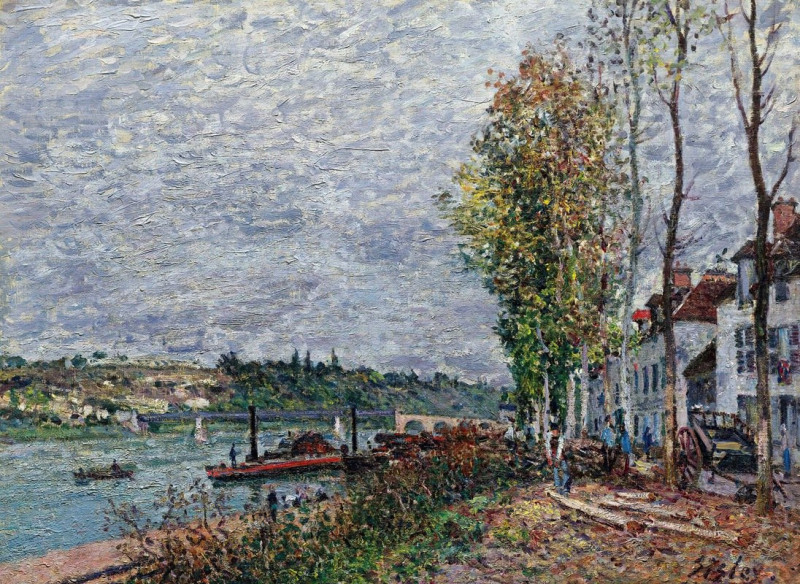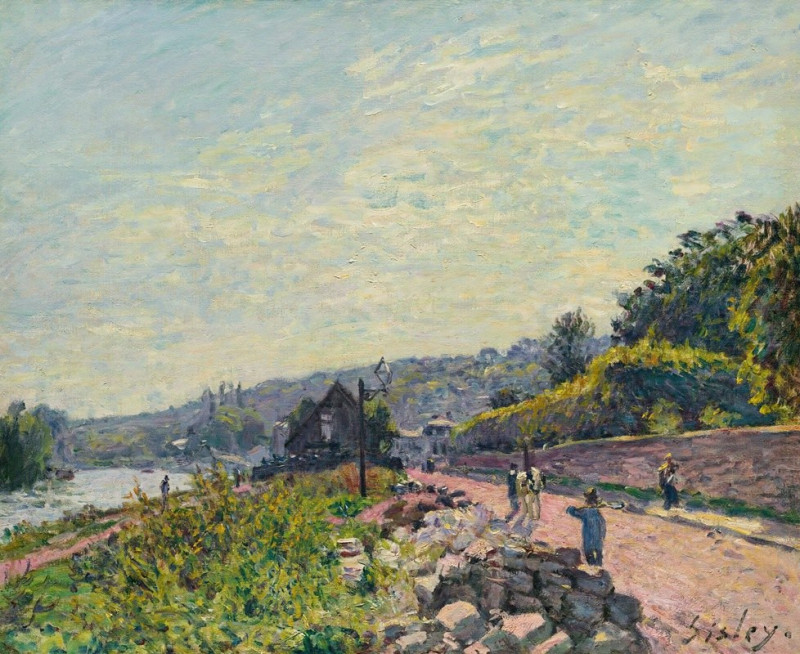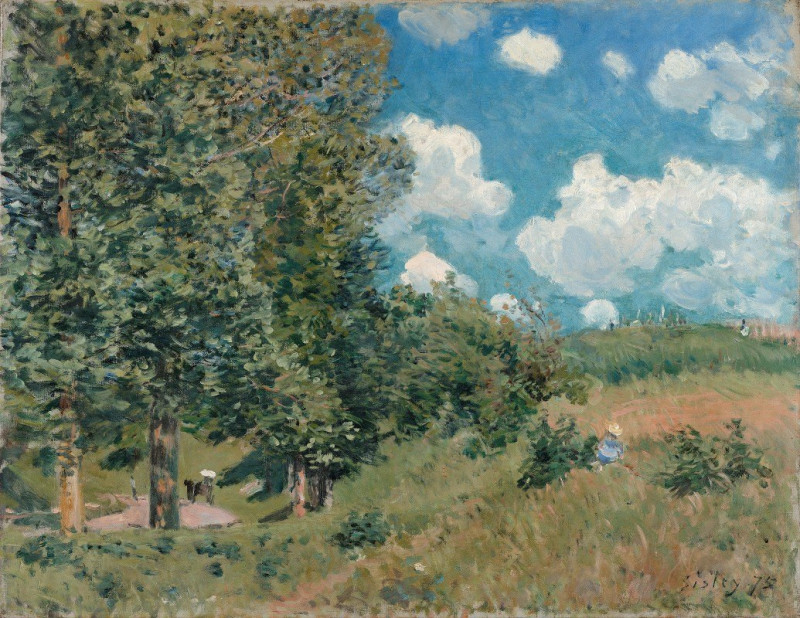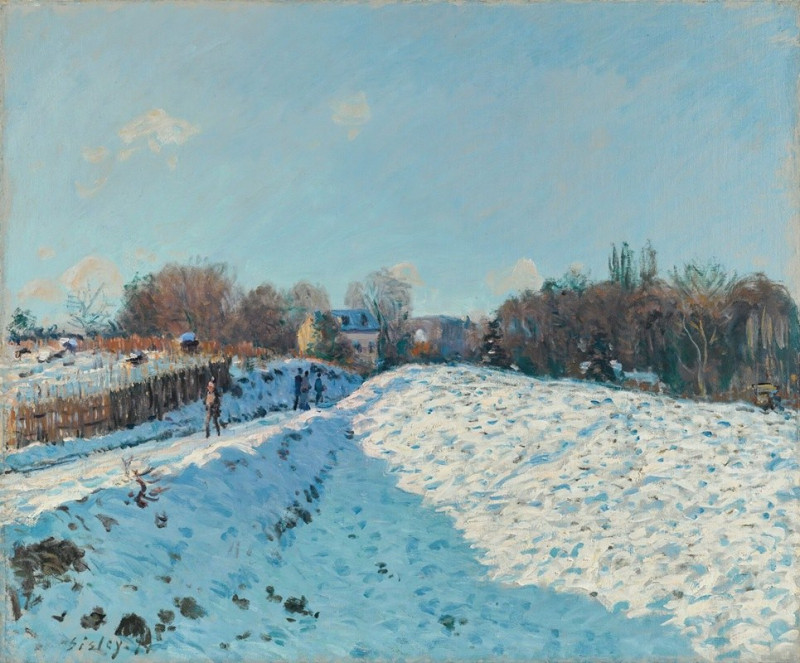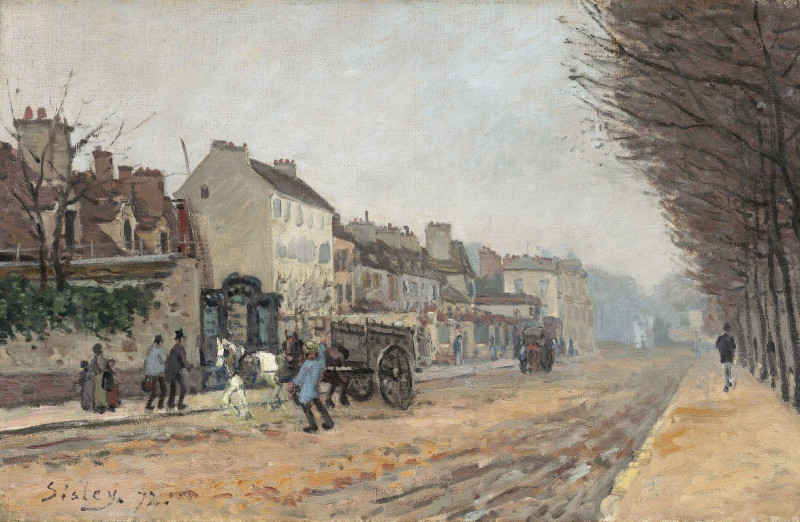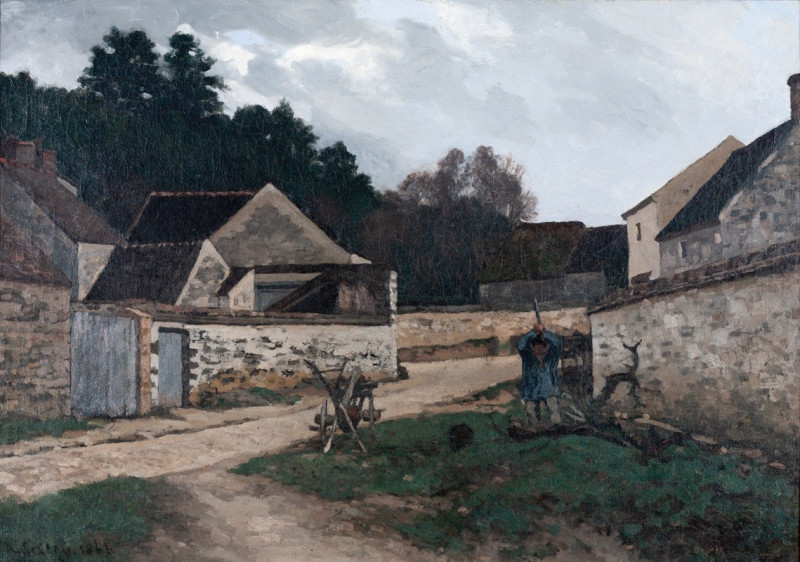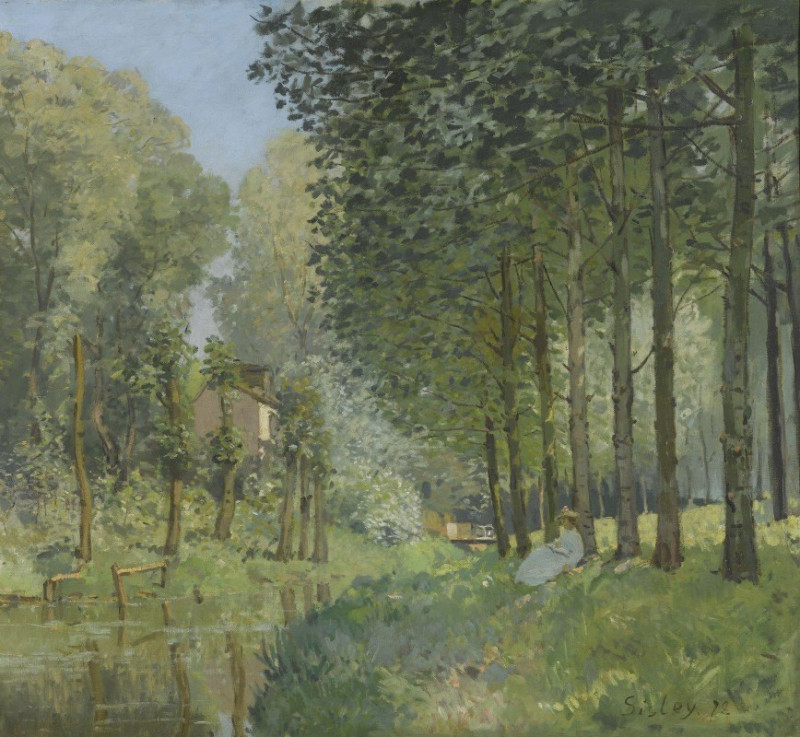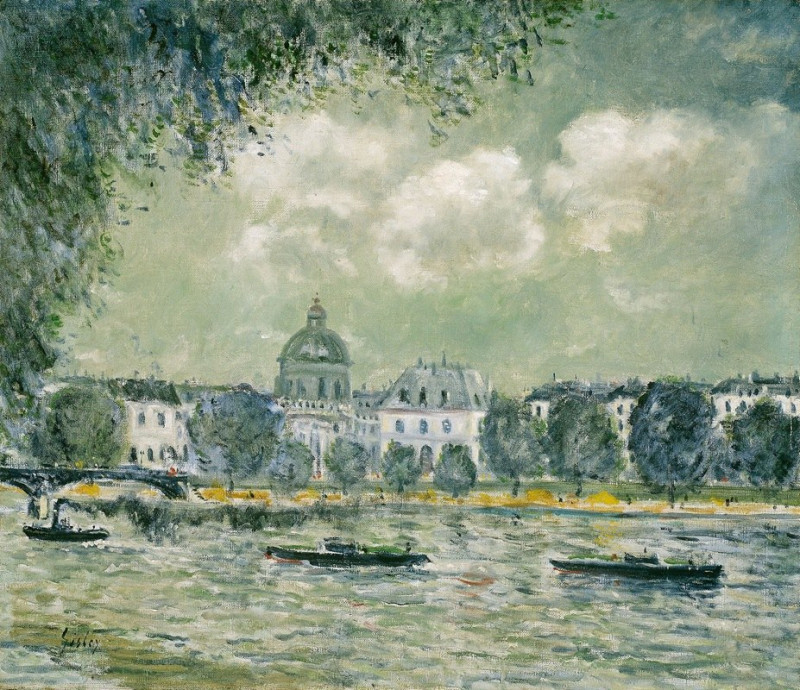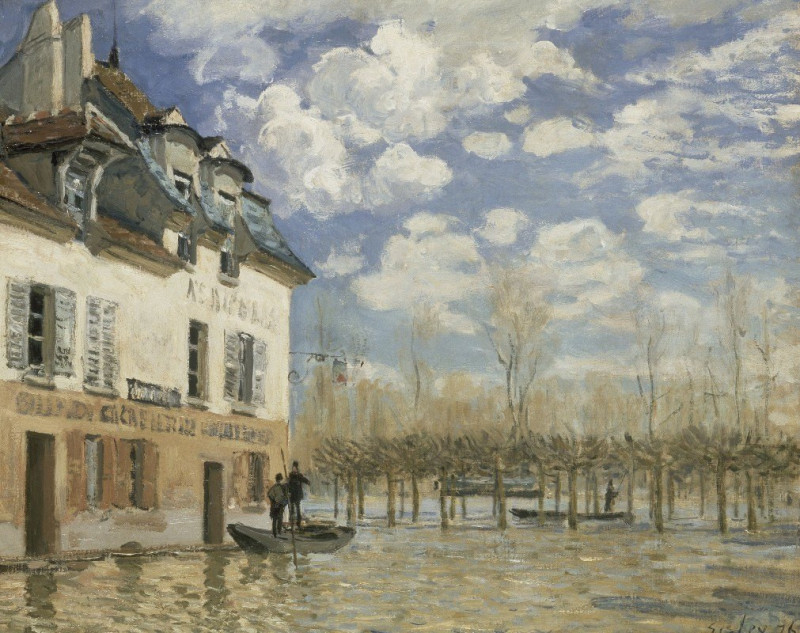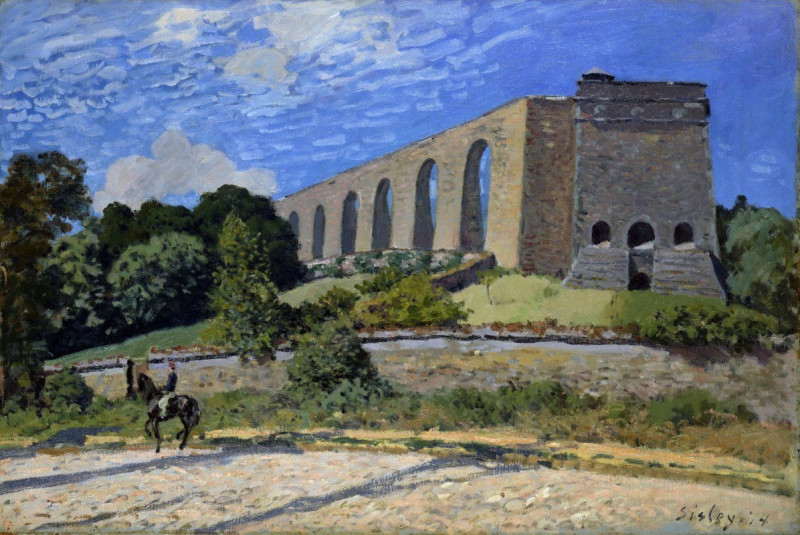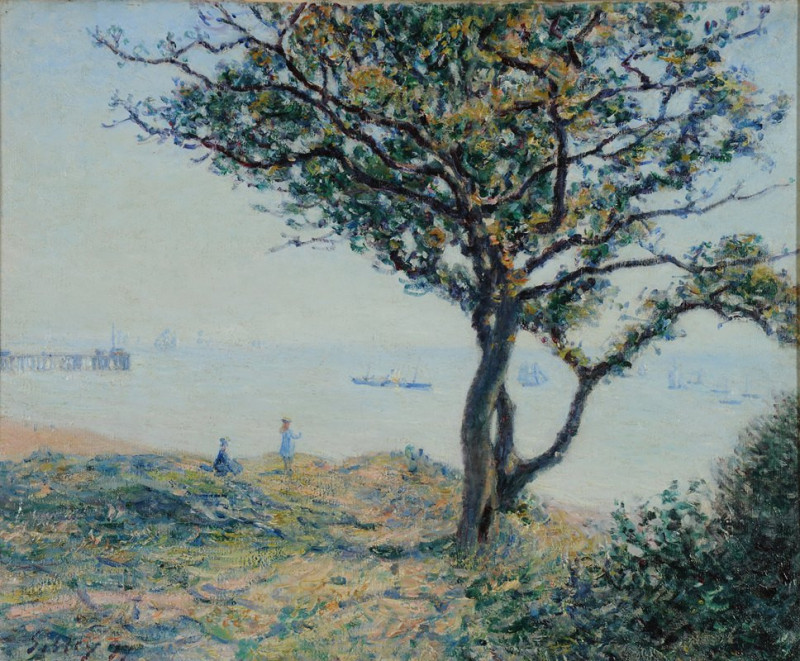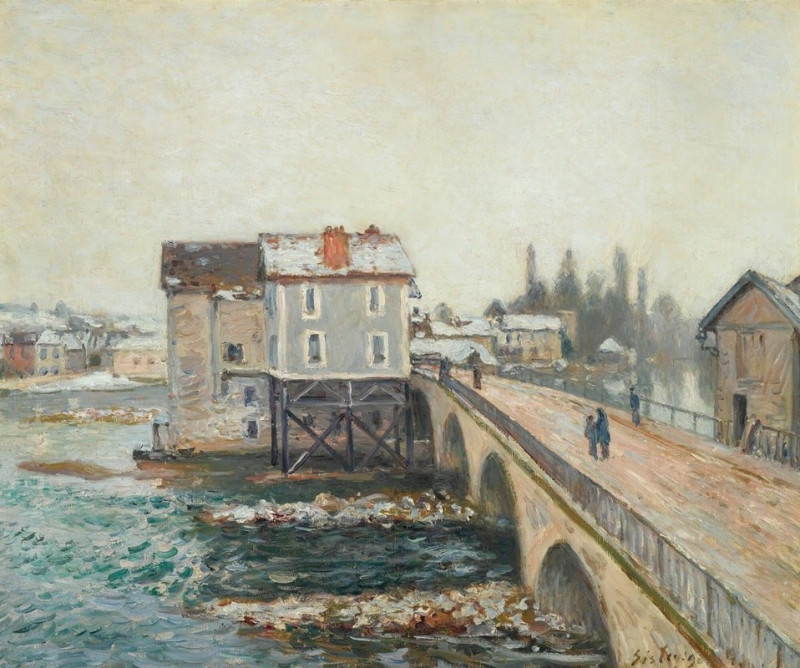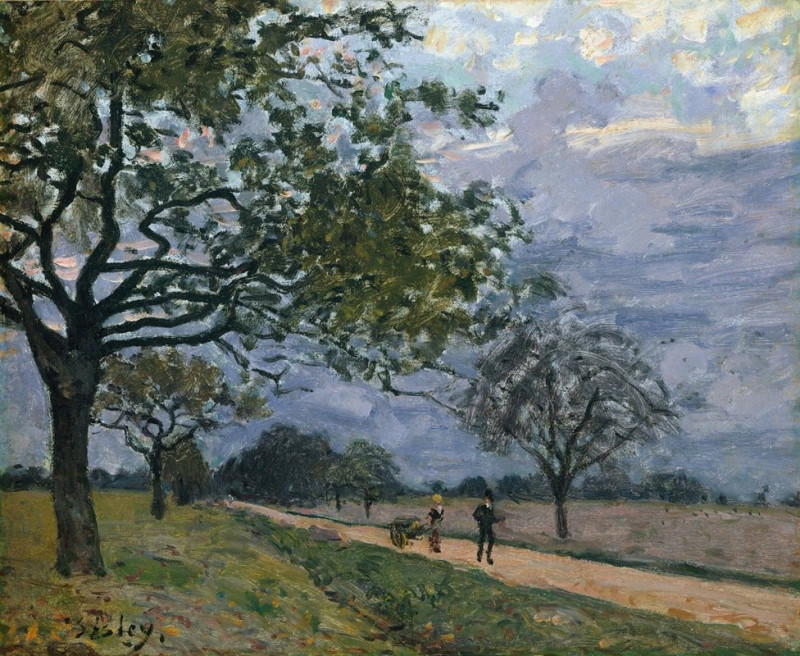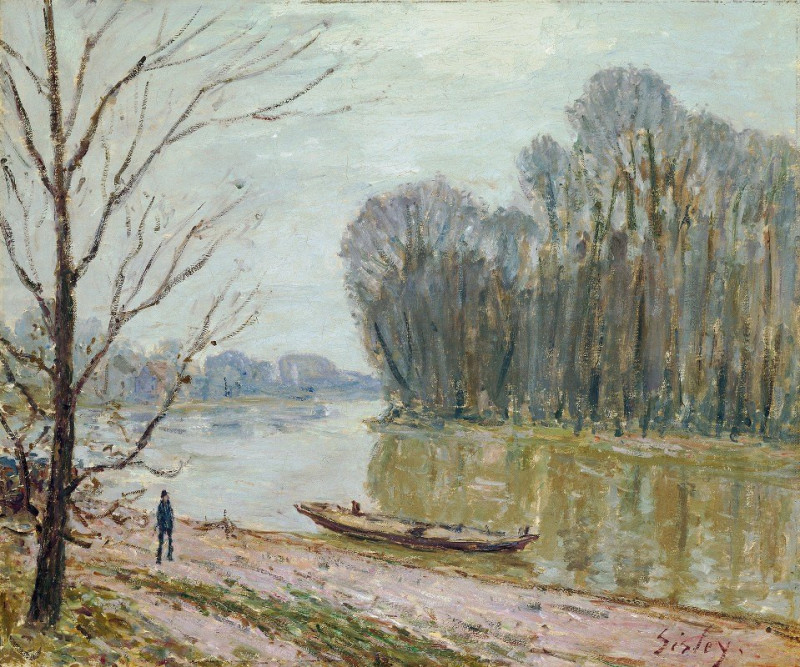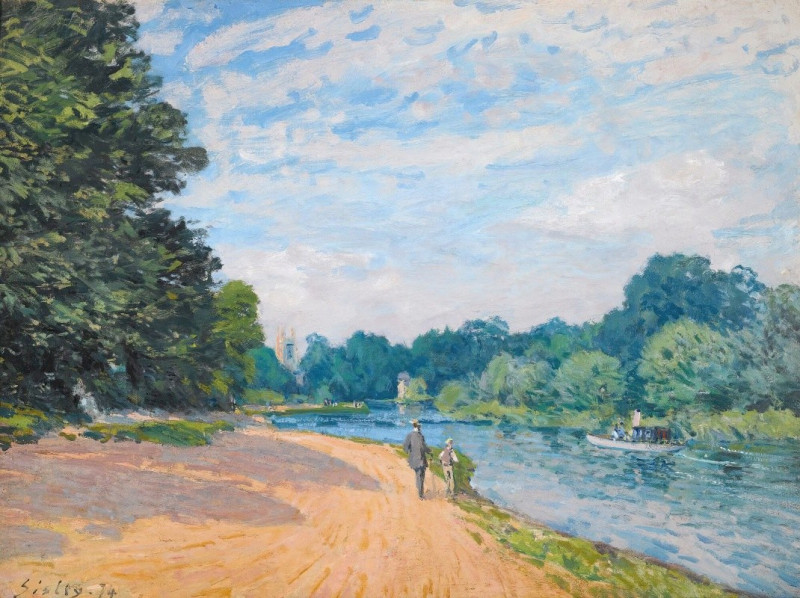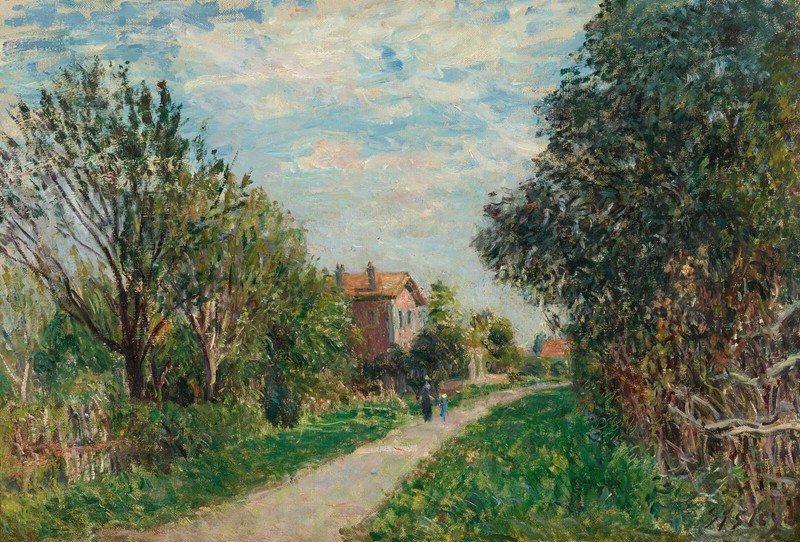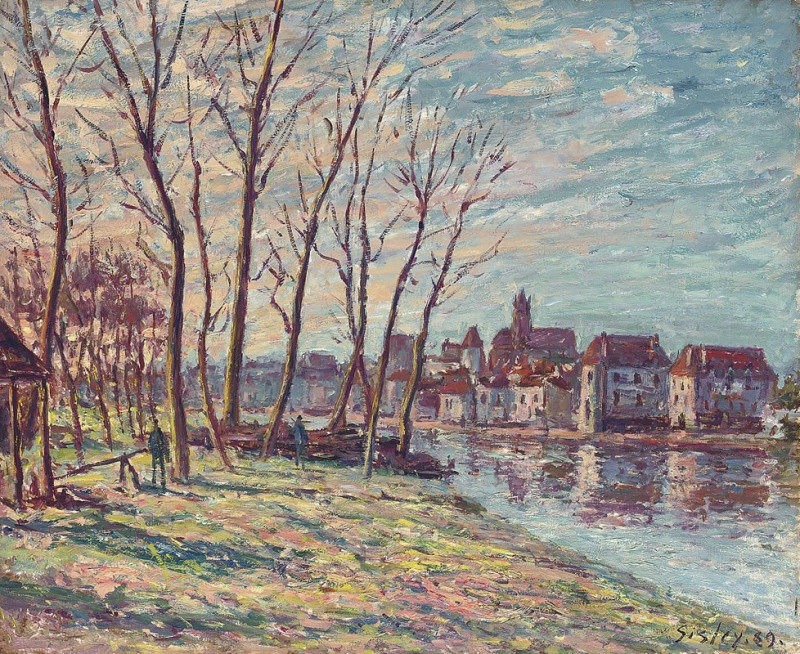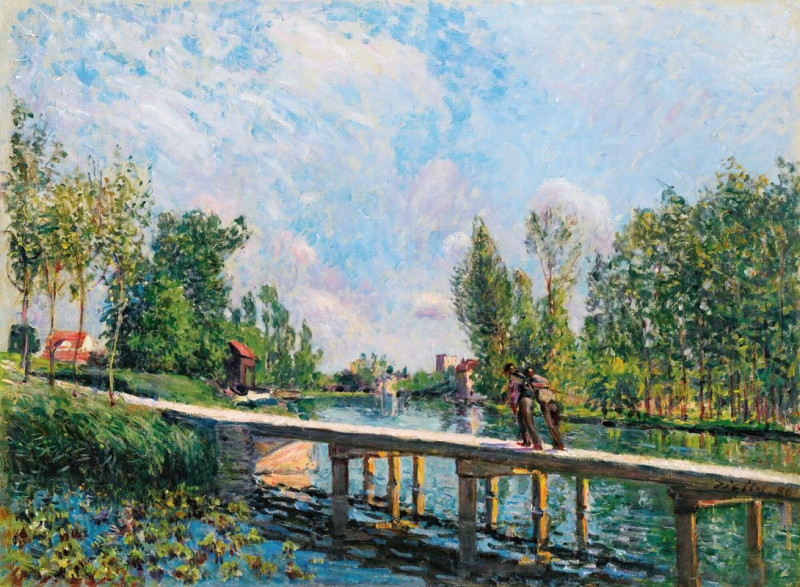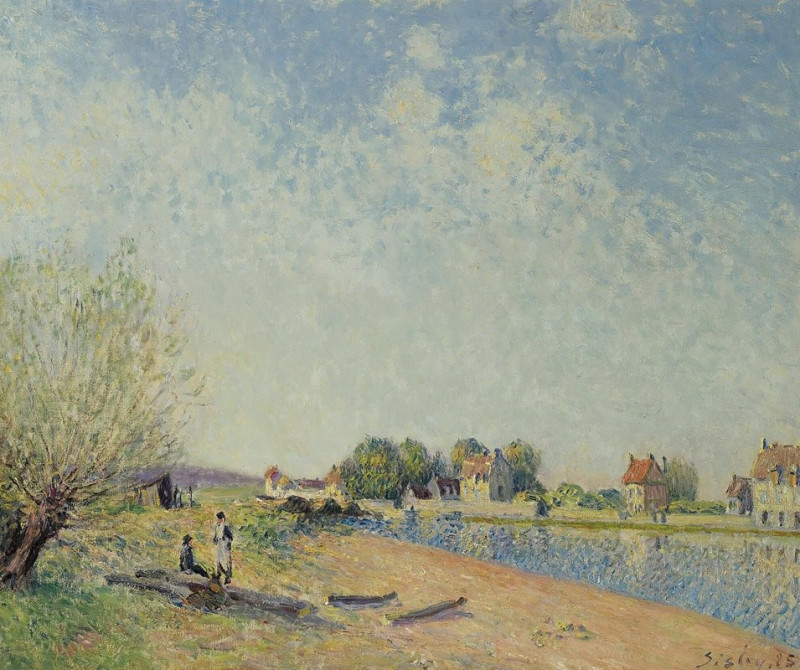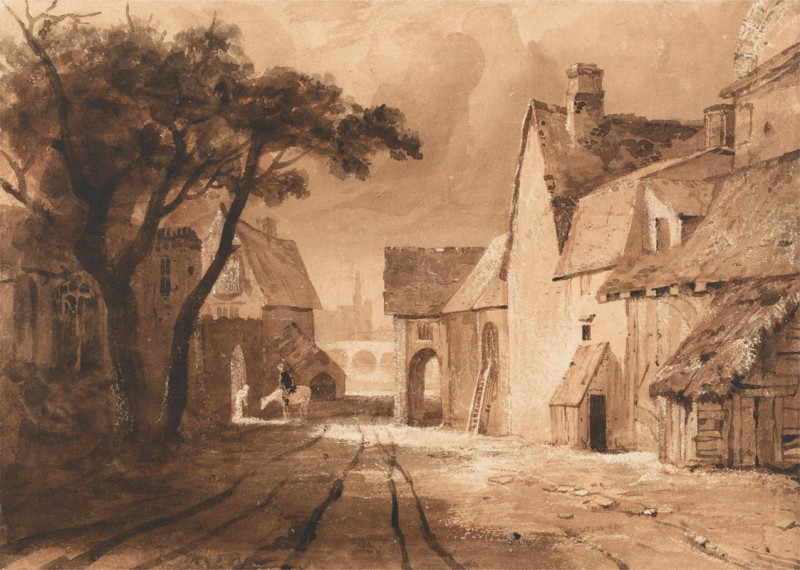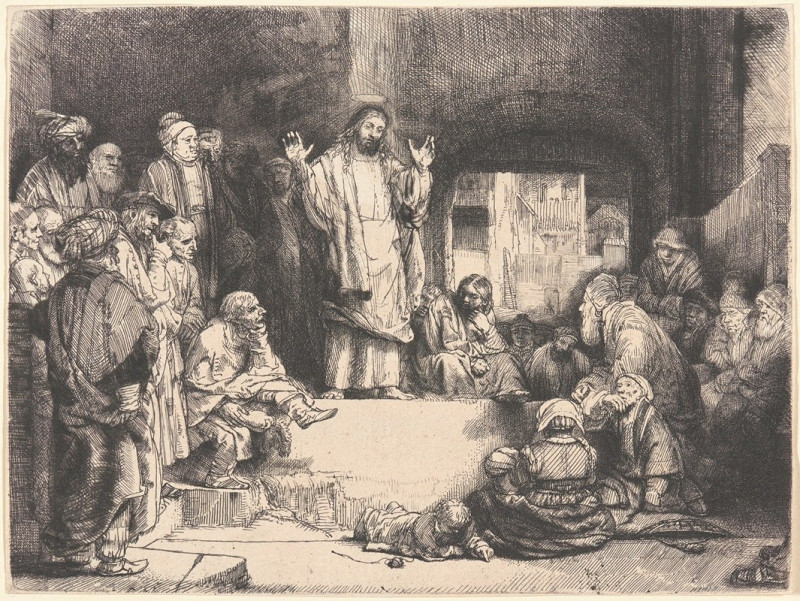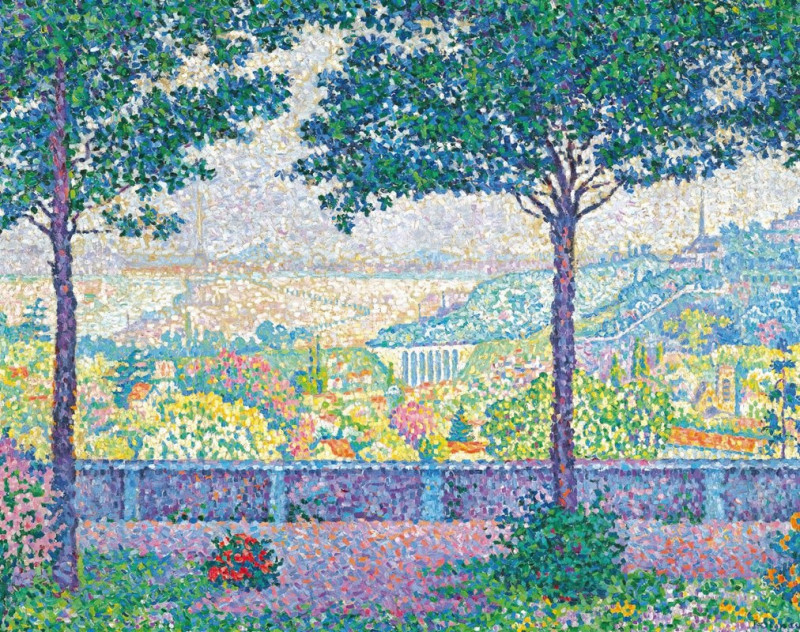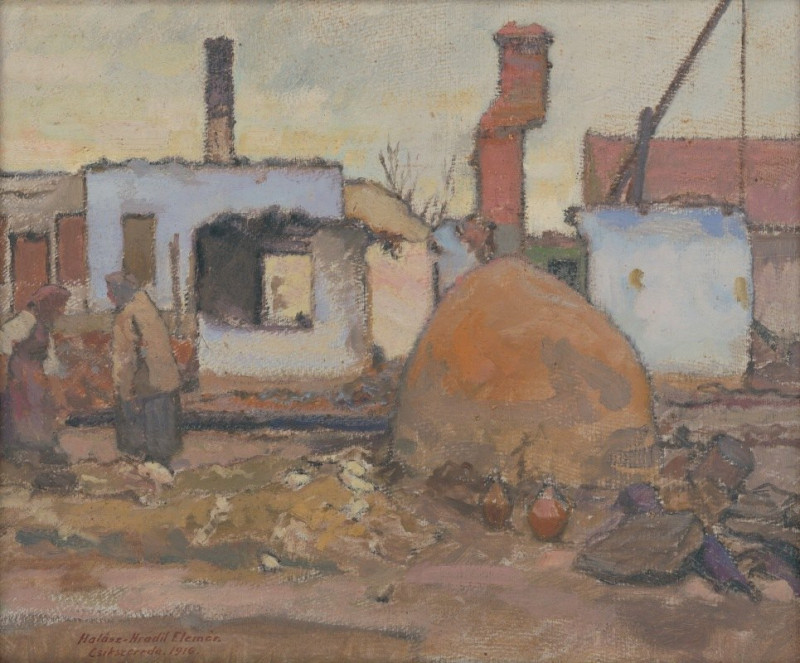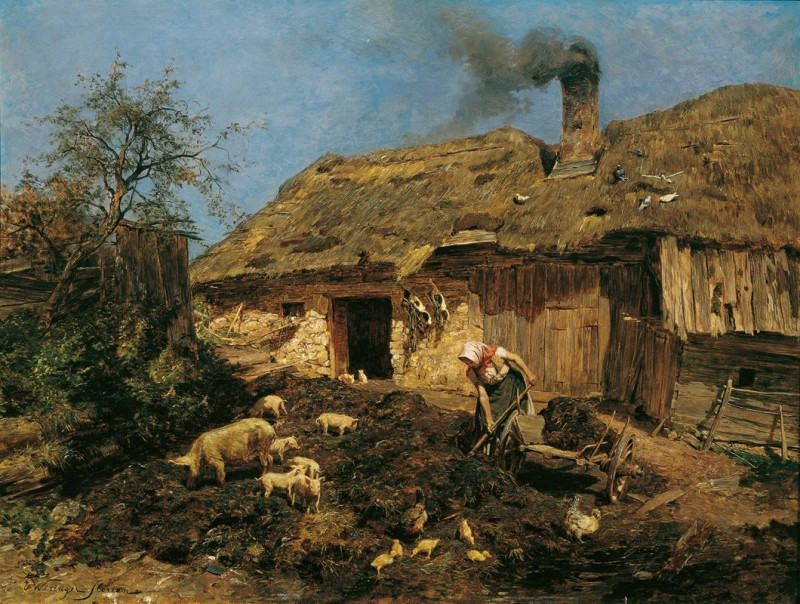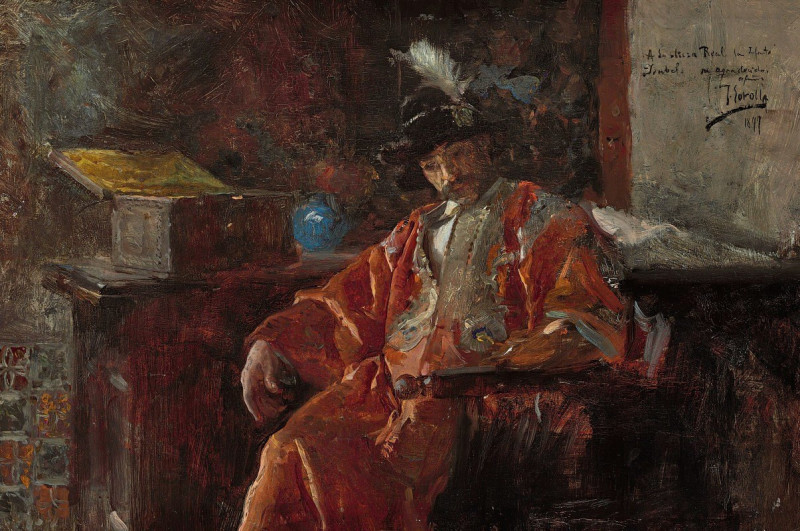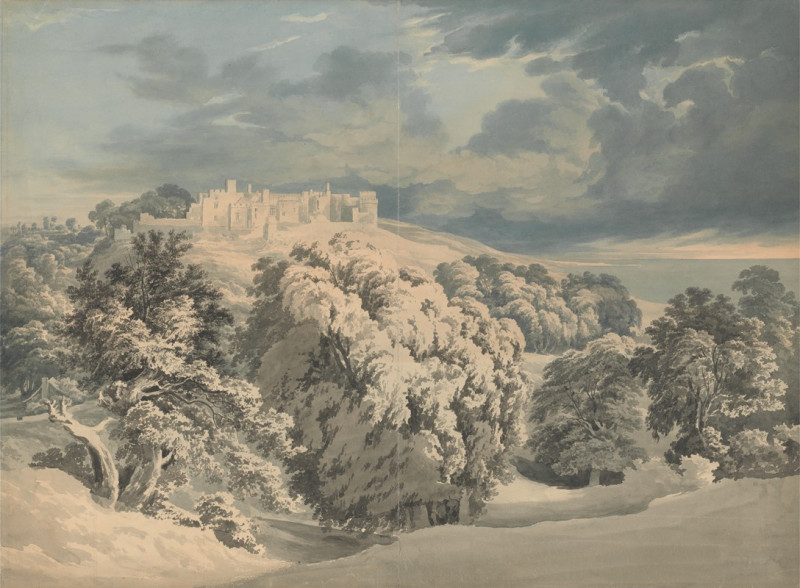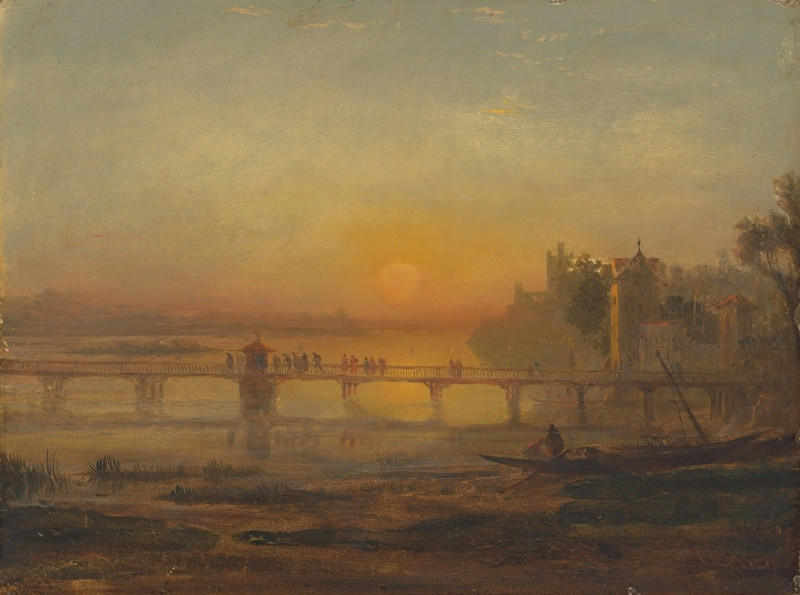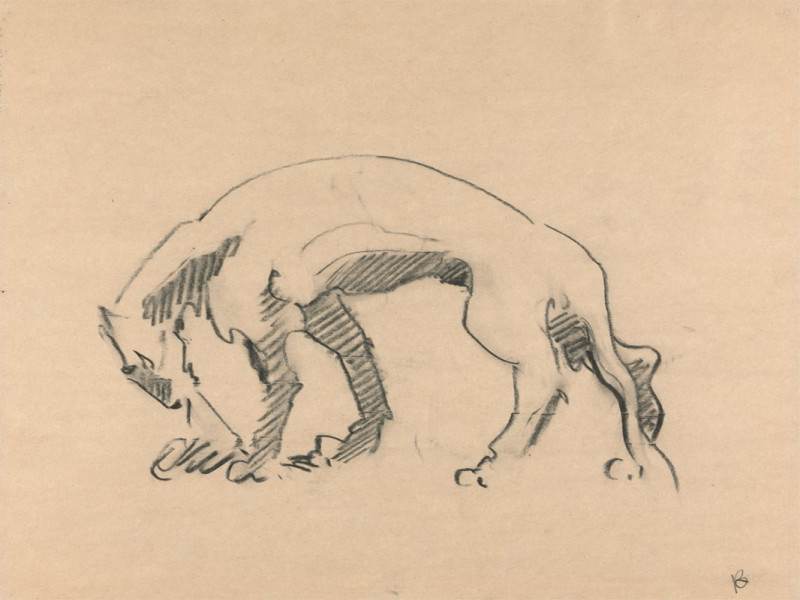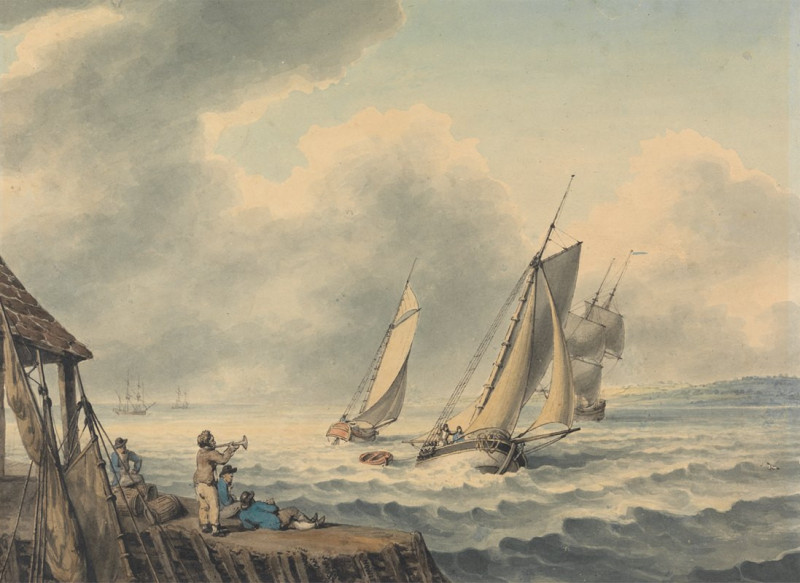Jour De Brouillard À Saint-Mammès (1880)
Technique: Giclée quality print
Recommended by our customers
More about this artwork
Alfred Sisley's remarkable painting, "Jour De Brouillard À Saint-Mammès" (1880), captures the tranquil essence of a misty day in the French town of Saint-Mammès, where the Seine and Loing rivers converge. This artwork is a splendid representation of Sisley's dedication to Impressionism, focusing on the subtle interplay of light and atmosphere.The composition presents a serene riverscape bustling with quiet activity. Several figures are depicted, some aboard small boats while others work along the riverbank, engaged in daily labor. The foreground shows the rich, textured brushwork typical of Sisley, with earthy tones that suggest the damp, fertile river edge.Dominating the middle ground is a barge, a central element in this composition, suggesting the importance of river traffic to the local economy. Its dark silhouette contrasts with the lighter river water, accentuated by gentle brush strokes that capture the movement of water and the hazy, diffused light.On the right, a row of tall, slender trees and modest houses line the bank, guiding the viewer's eye towards the mist-covered bridge in the distance. The muted colors and soft contours of the buildings enhance the foggy atmosphere, conveying a sense of peace and stillness.Overall, Sisley’s use of impressionistic techniques—visible brush strokes, emphasis on light in its changing qualities, and ordinary subject matter—turns a simple riverside scene into a captivating exploration of natural light and atmospheric effects.
Delivery
Returns
Alfred Sisley (1839–1899), an English impressionist artist, was renowned for his breathtaking impressionist landscape paintings. Born in 1839 to a wealthy family in Paris, Sisley spent most of his life in France. Despite being intended for a career in commerce, he rebelled and pursued his passion for painting as an amateur in the studio of Charles Gleyre, where he befriended artists Claude Monet and Pierre-Auguste Renoir. The financial loss of his family in the Franco-German War led Sisley to make a career out of his art, though it left him financially distressed. It wasn't until after his passing in 1899 that the true value of his work was recognized.

